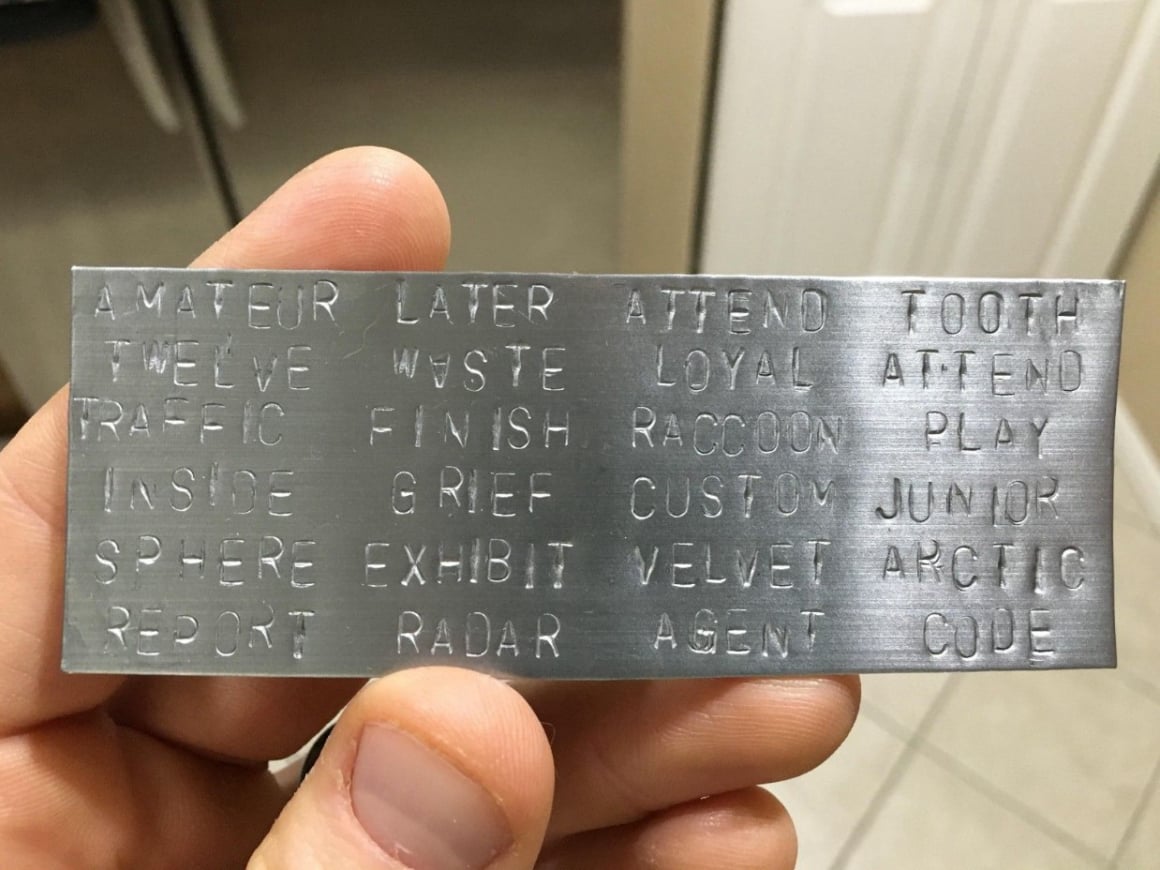The Anatomy of a Secure Recovery Phrase: Generation and Storage
Your recovery phrase, also known as a seed phrase, is the single most important piece of information in your digital asset journey. It is the master key that can regenerate all your private keys and restore access to your holdings on any compatible wallet. Understanding its anatomy—how it is created, why it is secure, and how to protect it—is the cornerstone of self-custody. This sequence of words is not just a password; it is a human-readable representation of a massive, randomly generated number that forms the root of your entire wallet's structure.
The security of a recovery phrase begins with entropy, which is a measure of true randomness. When you initialize a new Losyf device, it uses a certified True Random Number Generator (TRNG) to create this entropy. This process involves sampling unpredictable physical phenomena to generate a initial number with an immense number of possible combinations. This randomness is critical; any predictability or pattern in the generation process would make the phrase vulnerable to brute-force attacks. The industry-standard 12 or 24-word structure is a brilliant solution to represent this enormous number in a way that is easy for humans to write down and manage, unlike a long string of random characters.
The words themselves are not arbitrary; they come from a standardized list, often containing 2048 words. The specific list is chosen so that each word is distinct enough in its first four letters to avoid confusion. When your device generates the phrase, it is essentially mapping the random number it created to a sequence of words from this predefined list. This checksum is a vital feature that allows wallet software to detect if a word has been written down incorrectly or is out of order during a restoration attempt, providing a crucial layer of error-checking.
Once your device displays the phrase, the responsibility for its security shifts entirely to you. The golden rule is simple: the phrase must never be digitized. This means no typing it into a computer, no saving it in a cloud drive, no taking a photo of it, and no sending it via email or messaging apps. Any digital copy of your recovery phrase becomes a target for malware and hackers, completely negating the security benefits of your offline hardware wallet. The only secure method is to write it down by hand on the durable recovery card provided with your Losyf device.
For optimal security, writing it down is just the first step. You must then store this physical copy with the same level of care you would apply to valuable physical possessions like jewelry or important legal documents. A fireproof and waterproof safe at home is an excellent option. For maximum security, consider storing the phrase in multiple secure locations or using a secure metal backup solution to protect it from physical degradation like fire or water damage. This protects against a single point of failure, such as a house fire destroying your only paper copy.
Ultimately, your recovery phrase is your wallet. The Losyf device is merely a secure, convenient tool for accessing the keys derived from it. Losing the device is inconvenient but not catastrophic if you have your phrase. Losing the phrase, however, means irrevocably losing access to everything stored in that wallet if the device is also lost or broken. Conversely, if someone else discovers your phrase, they can steal everything. Therefore, protecting this sequence of words is the most critical security task you will undertake, forming the foundation of your long-term digital security.
